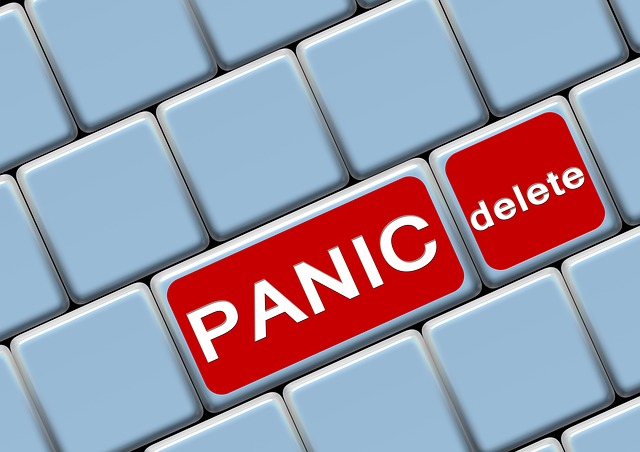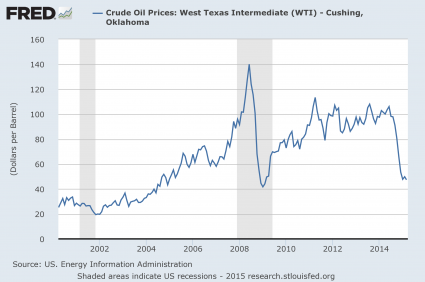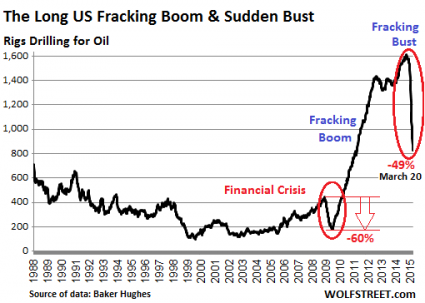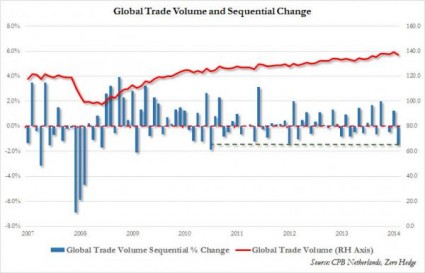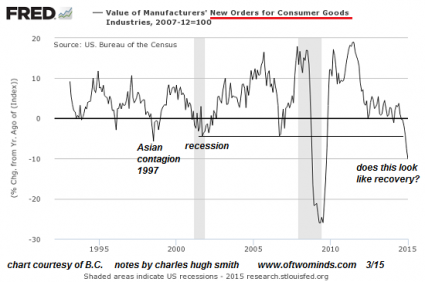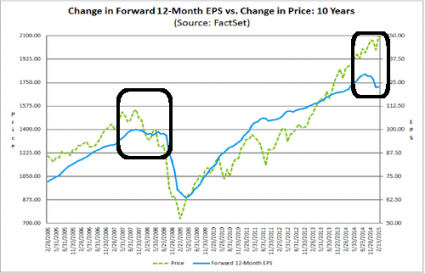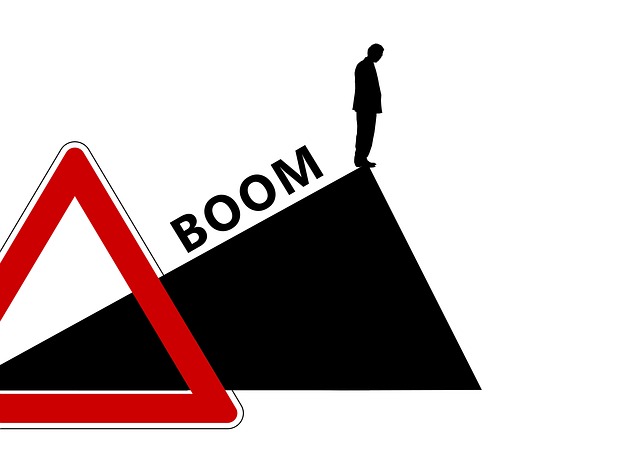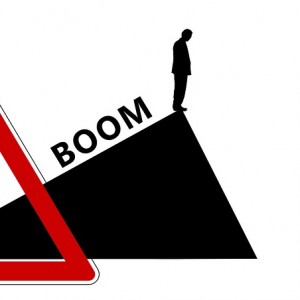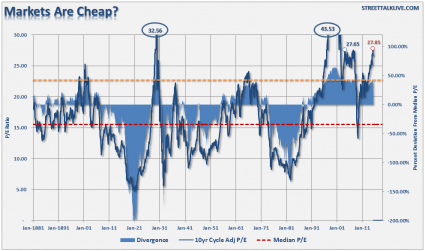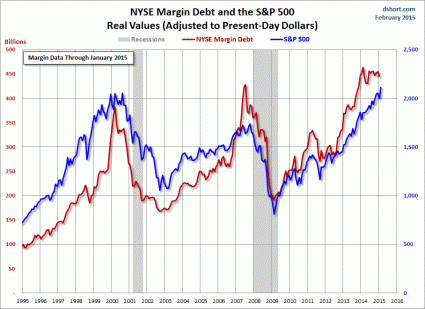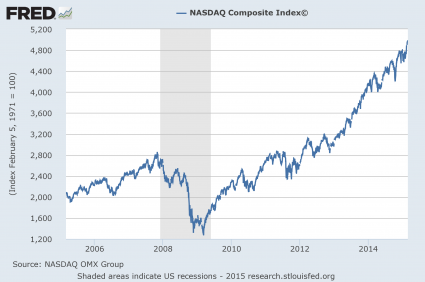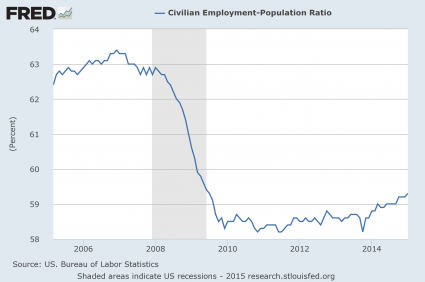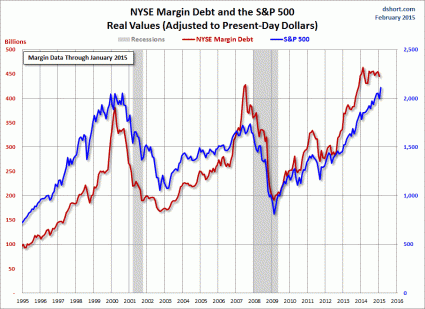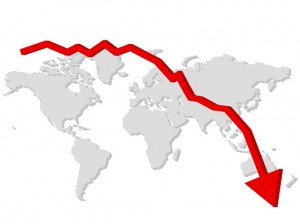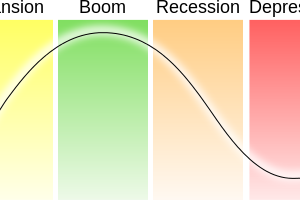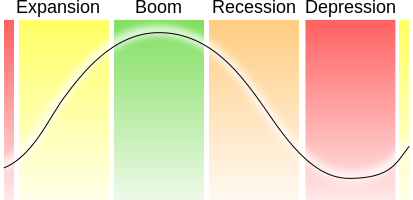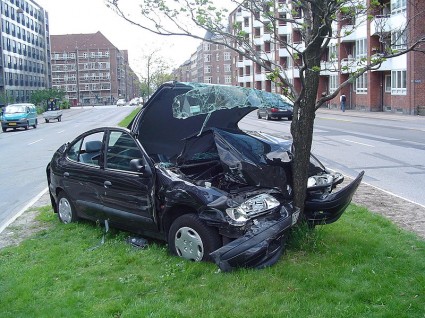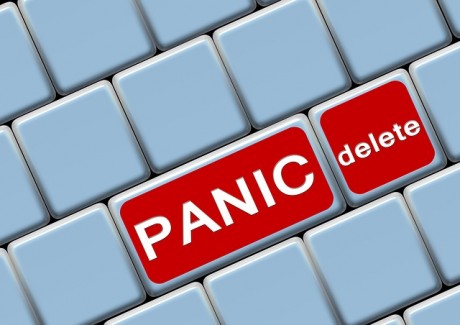 Is the financial collapse that so many are expecting in the second half of 2015 already starting? Many have believed that we would see bonds crash before the stock market crashes, and that is precisely what is happening right now. Since mid-April, the yield on 10 year German bonds has shot up from 0.05 percent to 0.89 percent. But much of that jump has come this week. Just a couple of days ago, the yield on 10 year German bonds was sitting at just 0.54 percent. And it isn’t just Germany – bond yields are going crazy all over Europe. So far, it is being estimated that global investors have lost more than half a trillion dollars, and there is much more room for these bonds to fall. In the end, the overall losses could be well into the trillions even before the stock market collapses.
Is the financial collapse that so many are expecting in the second half of 2015 already starting? Many have believed that we would see bonds crash before the stock market crashes, and that is precisely what is happening right now. Since mid-April, the yield on 10 year German bonds has shot up from 0.05 percent to 0.89 percent. But much of that jump has come this week. Just a couple of days ago, the yield on 10 year German bonds was sitting at just 0.54 percent. And it isn’t just Germany – bond yields are going crazy all over Europe. So far, it is being estimated that global investors have lost more than half a trillion dollars, and there is much more room for these bonds to fall. In the end, the overall losses could be well into the trillions even before the stock market collapses.
I know that for most average Americans, talk about “bond yields” is rather boring. But it is important to understand these things, because we could very well be looking at the beginning of the next great financial crisis. The following is an excerpt from an article by Wolf Richter in which he details the unprecedented carnage that we have witnessed over the past few days…
On Tuesday, ahead of the ECB’s policy announcement today, German Bunds sagged, and the 10-year yield soared from 0.54% to 0.72%, drawing a squiggly diagonal line across the chart. In just one day, yield increased by one-third!
Makes you wonder to which well-connected hedge funds the ECB had once again leaked its policy statement and the all-important speech by ECB President Mario Draghi that the rest of us got see today.
And today, the German 10-year yield jump to 0.89%, the highest since October last year. From the low in mid-April of 0.05% to today’s 0.89% in just seven weeks! Bond prices, in turn, have plunged! This is the definition of a “rout.”
Other euro sovereign bonds have gone through a similar rout, with the Spanish 10-year yield soaring from 1.05% in March to 2.07% today, and the Italian 10-year yields jumping from a low in March of 1.03% to 2.17% now.
What this means is that the central banks are losing control.
In particular, the European Central Bank has been trying very hard to force yields down, and now the exact opposite is happening.
This is very bad news for a global financial system that is absolutely teeming with red ink. Since the last financial crisis, our planet has been on the greatest debt binge of all time. If we are moving into a time of higher interest rates, that is going to cause enormous problems. Unfortunately, CNBC says that is precisely where things are headed…
The wild breakout in German yields is rocking global debt markets, and giving investors an early glimpse of the uneasy future for bonds in a world of higher interest rates.
The shakeout also carries a message for corporate bond investors, who have snapped up a record level of new issuance this year, and are now seeing negative total returns in the secondary market for the first time this year.
So why is this happening?
Why are bond yields going crazy?
According to the Wall Street Journal, financial regulators in Europe are blaming the ECB’s quantitative easing program…
A recent surge in government bond market volatility can be blamed on the quantitative easing program of the European Central Bank, according to one of Europe’s top financial regulators.
EIOPA, the body responsible for regulating insurers and pension funds in the European Union, has warned that the ECB’s decision to buy billions of euros’ worth of sovereign bonds, to kick-start the region’s economy, has caused markets to become choppier.
And actually this is what should be happening. When central banks start creating money out of thin air and pumping it into the markets, investors should rationally demand a higher return on their money. This didn’t really happen when the Federal Reserve tried quantitative easing, so the Europeans thought that they might as well try to get away with it too. Unfortunately for them, investors are starting to catch up with the scam.
So what happens next?
Well, European bond yields are probably going to keep heading higher over the coming weeks and months. This will especially be true if the Greek crisis continues to escalate. And unfortunately for Europe, that appears to be exactly what is happening…
Greece will not make a June 5 repayment to the International Monetary Fund if there is no prospect of an aid-for-reforms deal with its international creditors soon, the spokesman for the ruling Syriza party’s lawmakers said on Wednesday.
The payment of 300 million euros ($335 million) is the first of four this month totaling 1.6 billion euros from a country that depends on foreign aid to stay afloat.
Greece owes a total of about 320 billion euros, of which about 65 percent to euro zone governments and the IMF, and about 8.7 percent to the European Central Bank.
On Tuesday, Greece’s creditors drafted the broad outlines of an agreement to put to the leftist government in Athens in a bid to conclude four months of negotiations and release aid before the country runs out of money.
“If there is no prospect of a deal by Friday or Monday, I don’t know by when exactly, we will not pay,” Nikos Filis told Mega TV.
In fact, there are reports that both the ECB and the Greek government are talking about Greece going to a “parallel domestic currency”…
Biagio Bossone and Marco Cattaneo write that according to several recent media reports, both the Greek government and the ECB are taking into consideration the possibility (for Greece) to issue a parallel domestic currency to pay for government expenditures, including civil servant salaries, pensions, etc. This could happen in the coming weeks as Greece faces a severe shortage of euros. A new domestic currency would help make payments to public employees and pensioners while freeing up the euros needed to pay out creditors.
If Greece defaults and starts using another currency, the value of the euro is going to absolutely plummet and bond yields all over the continent are going to start heading into the stratosphere.
That is why it is so important to keep an eye on what is going on in Greece.
But no matter what happens in Greece, it appears that we are moving into a time when there will be higher interest rates around the world. And since 505 trillion dollars in derivatives are directly tied to interest rate levels, that could lead to a financial unraveling unlike anything that we have ever seen before in the history of our planet.
As I have warned about so many times before, 2008 was just the warm up act.
The main event is still coming, and it is going to be extraordinarily painful.
